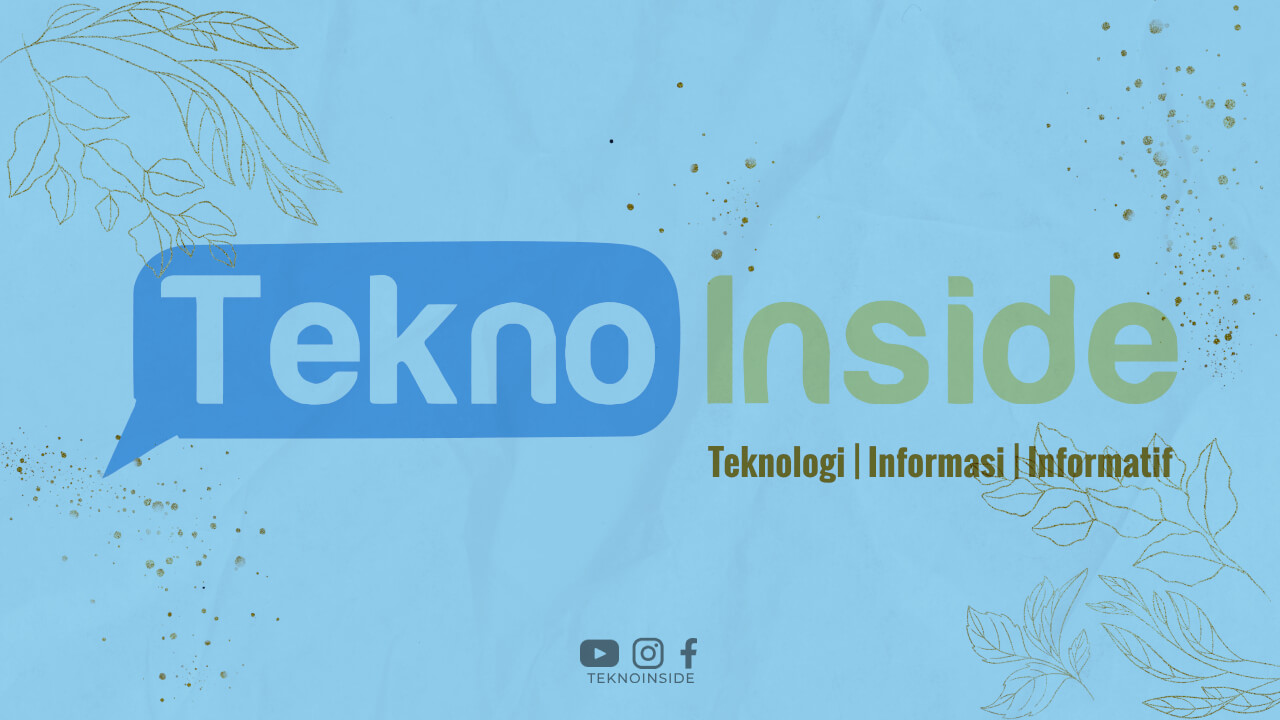When it comes to marketing in the digital age, understanding the concept of digital assets is crucial. In simple terms, digital assets refer to any type of content, media, or information that is stored and transmitted digitally. These assets are essential tools for businesses to effectively communicate their brand message, engage with their target audience, and drive online visibility. In this article, we will delve deeper into the world of digital assets and explore their various forms and importance in marketing strategies.
Types of Digital Assets
1. Text-based Content:
One of the most common types of digital assets in marketing is text-based content. This includes blog posts, articles, website copy, social media posts, and any written material that conveys information or promotes a brand. Engaging and well-written text-based content plays a crucial role in attracting and retaining the attention of online users.
2. Visual Content:
In the visually-driven digital landscape, images, infographics, videos, and other visual elements are indispensable digital assets. These assets help businesses communicate their brand identity, showcase products or services, and create a memorable user experience. Compelling and high-quality visual content can significantly enhance a company’s online presence.
3. Audio Content:
With the growing popularity of podcasts and audio-based platforms, audio content has become an important digital asset. Businesses can utilize audio assets to share industry insights, conduct interviews, or create engaging storytelling content. Audio assets allow brands to connect with their audience in a more personal and intimate way.
4. User-generated Content:
User-generated content (UGC) refers to any content created by consumers or users of a product or service. This can include customer reviews, testimonials, social media posts, and more. UGC is a valuable digital asset as it provides social proof, builds trust, and fosters brand advocacy.
5. Data and Analytics:
Data and analytics are essential digital assets that help businesses gain insights into their marketing efforts. By analyzing user behavior, engagement metrics, and conversion rates, companies can make data-driven decisions and optimize their marketing strategies. Data assets are crucial for understanding the target audience and improving overall performance.
The Importance of Digital Assets in Marketing
1. Brand Building:
Digital assets play a vital role in establishing and reinforcing a brand’s identity. Through consistent use of visual elements, tone of voice, and messaging, businesses can create a strong brand presence and build brand recognition among their target audience.
2. Increased Online Visibility:
Well-optimized digital assets contribute to better search engine rankings, leading to increased online visibility. By incorporating relevant keywords, meta tags, and descriptions, businesses can enhance their chances of appearing in search engine results, attracting organic traffic, and reaching a wider audience.
3. Engaging User Experience:
Compelling digital assets, such as visually appealing images or interactive videos, create an engaging user experience. This not only captivates the audience but also encourages them to spend more time on a website or social media platform, increasing the likelihood of conversions and brand loyalty.
4. Effective Communication:
Digital assets facilitate effective communication with the target audience. By leveraging different types of assets, businesses can convey their brand message, educate customers about their products or services, and establish a two-way communication channel for feedback and inquiries.
5. Adaptability and Scalability:
Digital assets can be easily adapted and scaled to suit various marketing channels and platforms. Whether it’s repurposing a blog post into a social media graphic or creating a podcast episode based on written content, businesses can maximize the reach and impact of their digital assets.
Conclusion
In today’s digital marketing landscape, leveraging digital assets is essential for businesses to succeed. Whether it’s text-based content, visual elements, audio assets, user-generated content, or data and analytics, each type of digital asset plays a crucial role in driving brand visibility, engagement, and conversions. By understanding the different forms of digital assets and their importance, businesses can optimize their marketing strategies and stay ahead in the competitive online market.

